Sri Lanka, with its vibrant culture and diverse landscapes, provides a filmmaker’s haven that ignites […]
Tag: Maldives
Unveiling the Hidden Heroes: The Rise of Film Fixer Company in Asia
Film Fixing in Asia In recent years, Asia has emerged as a prominent destination for […]
A Cinematic Paradise Exploring the Top Beach Locations for Filming in Asia
Beach locations have always been a favorite choice for filmmakers seeking to capture stirring decor […]
Why Asia Should Be Your Next Filming Destination?
As film and television continue to expand, manufacturing businesses and filmmakers are continuously attempting to […]
A Cinematic Paradise: Top Film Locations in the Maldives
The Maldives is a tropical paradise, known for its clear blue waters, white flaxen strands, […]
Finding the Perfect Shot: The Best Film Location Service in Asia
When it comes to filmmaking, discovering the best vicinity is essential. It units the tone […]

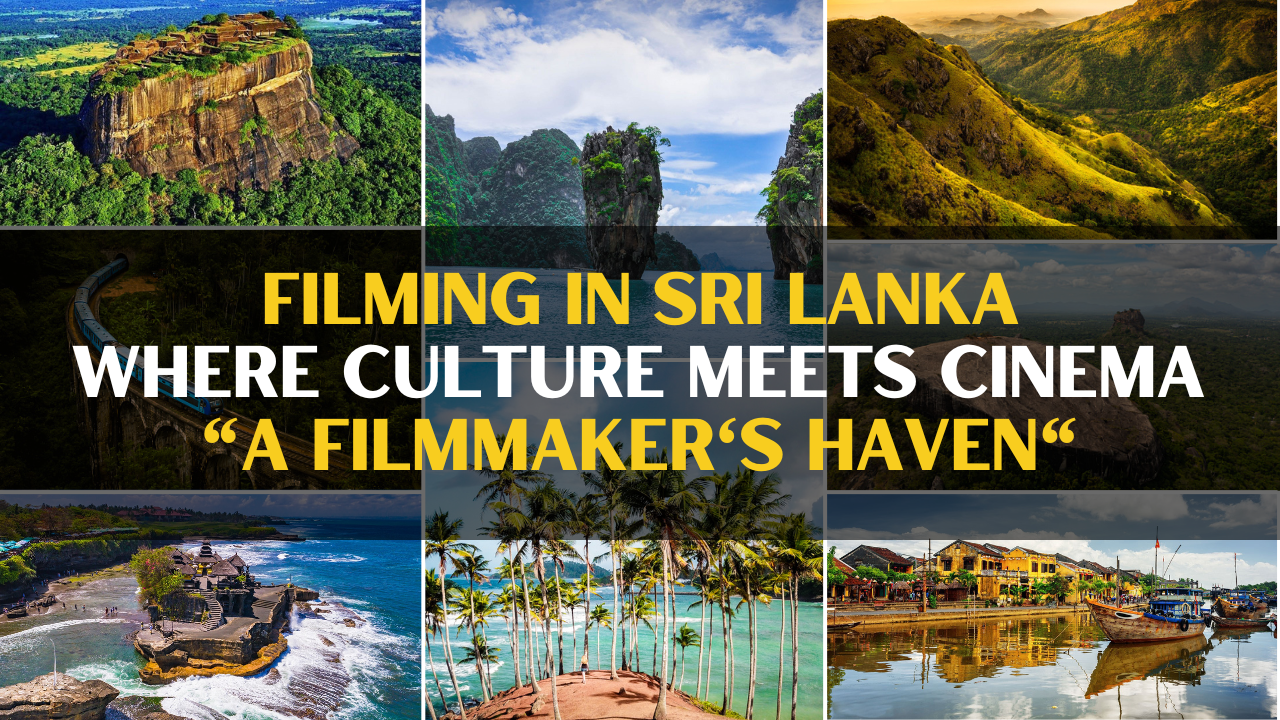





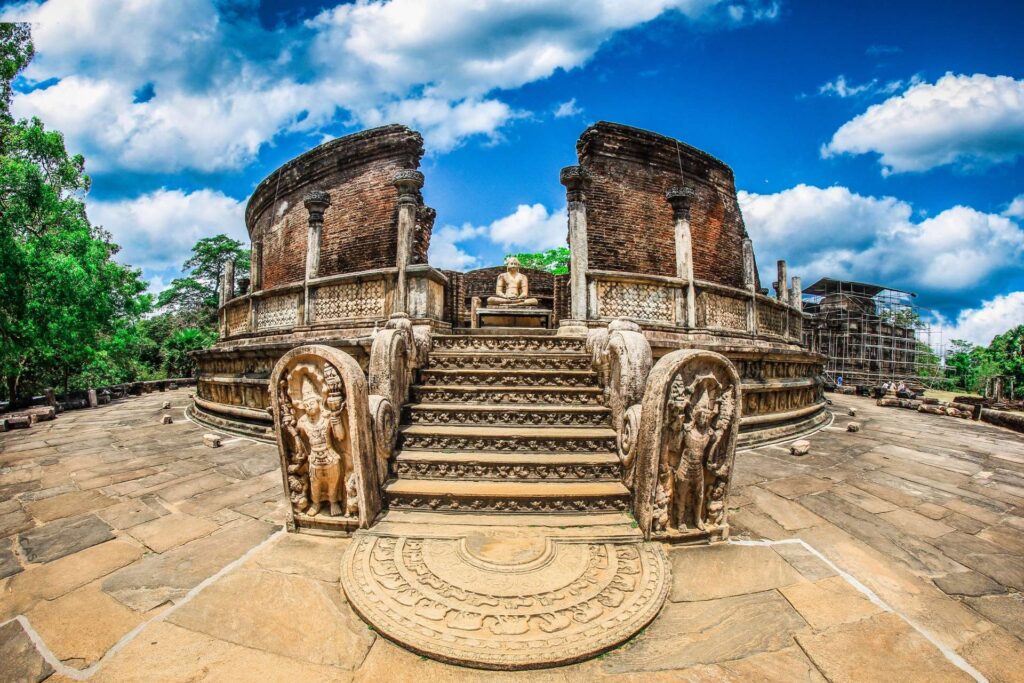 Polonnaruwa
Polonnaruwa
 Pristine Beaches
Pristine Beaches
 Tea Estate
Tea Estate
 Indiana-jones-1984
Indiana-jones-1984
 The-English-Patient-1996
The-English-Patient-1996
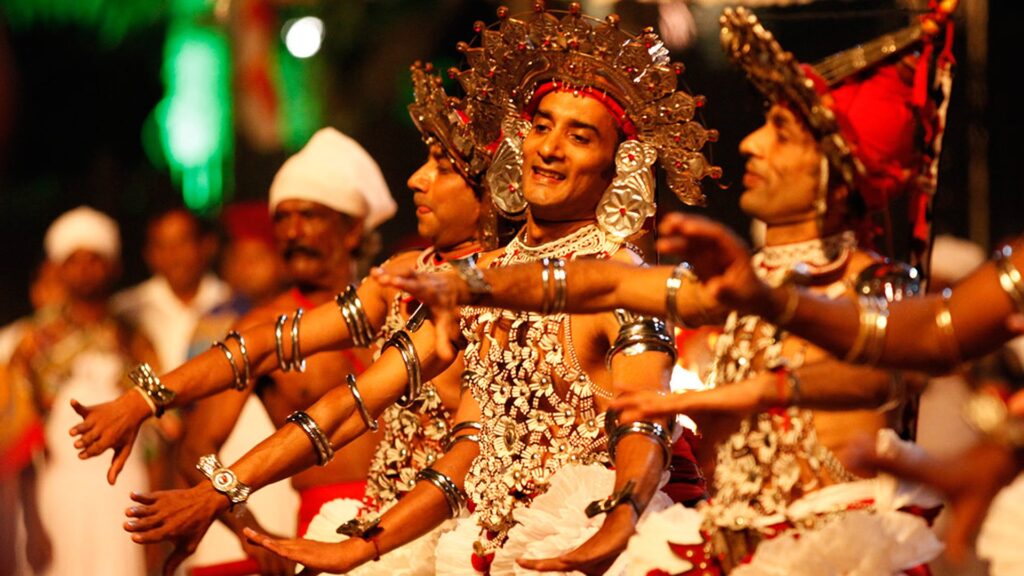 Sri Lanka Cultural Festivals
Sri Lanka Cultural Festivals
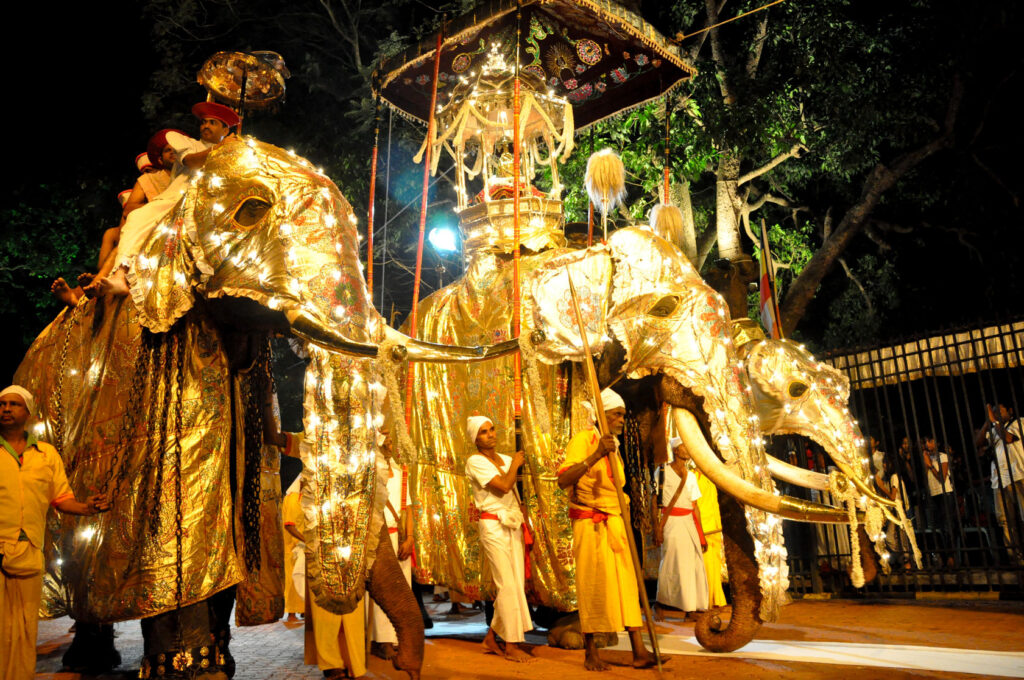 Sri Lanka Cultural Festivals
Sri Lanka Cultural Festivals
 Sri Lanka Cultural Festivals
Sri Lanka Cultural Festivals
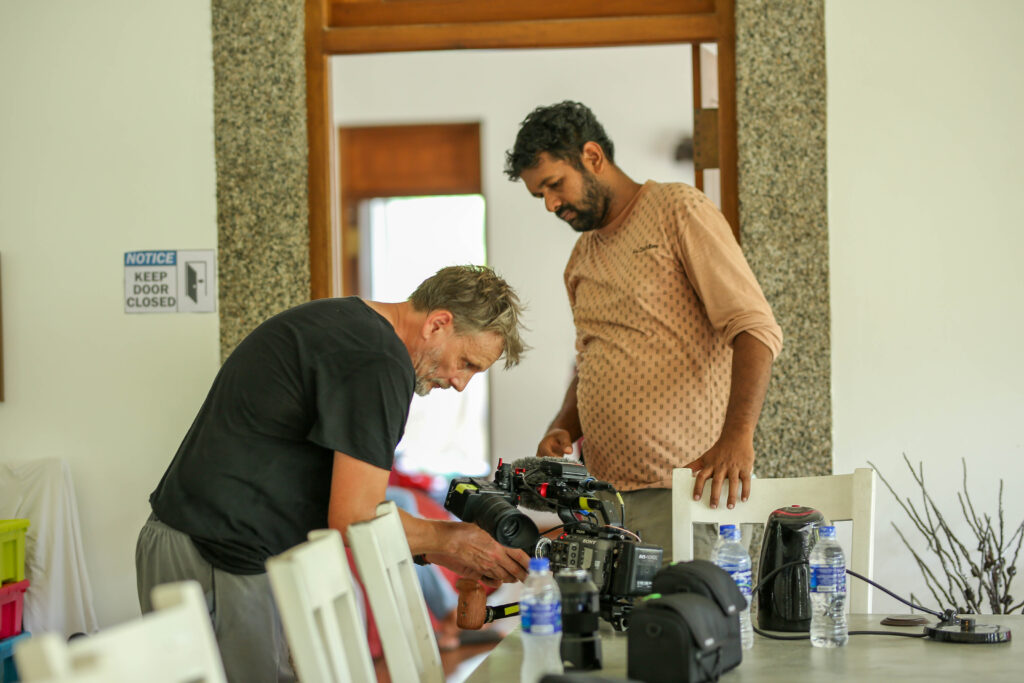


 Traditional Folklore and Mythology
Traditional Folklore and Mythology
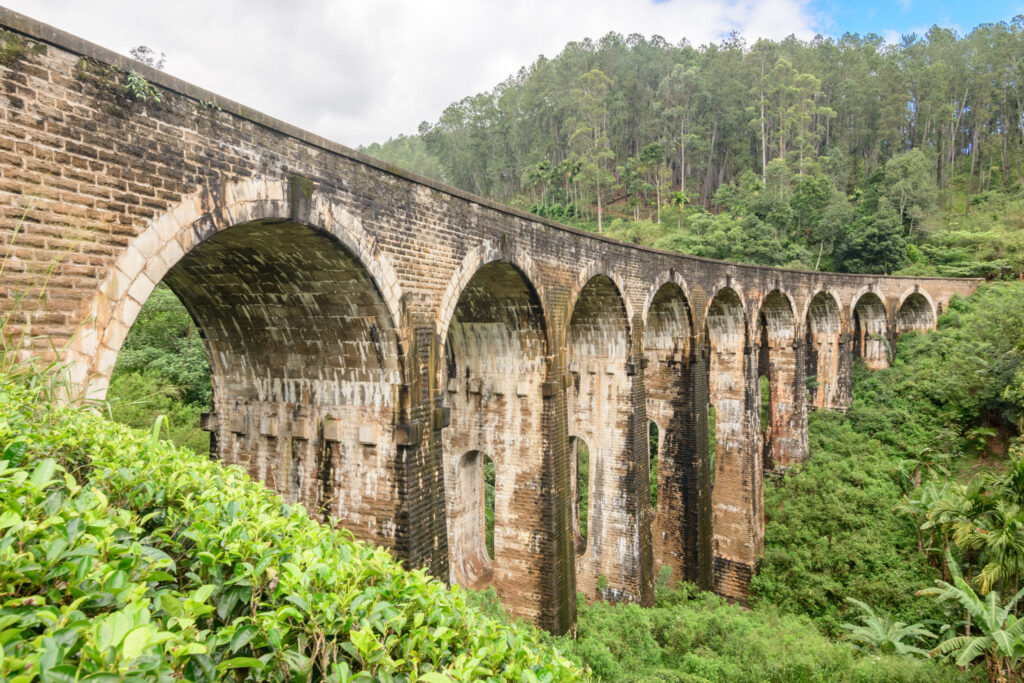 Colonial Legacy
Colonial Legacy